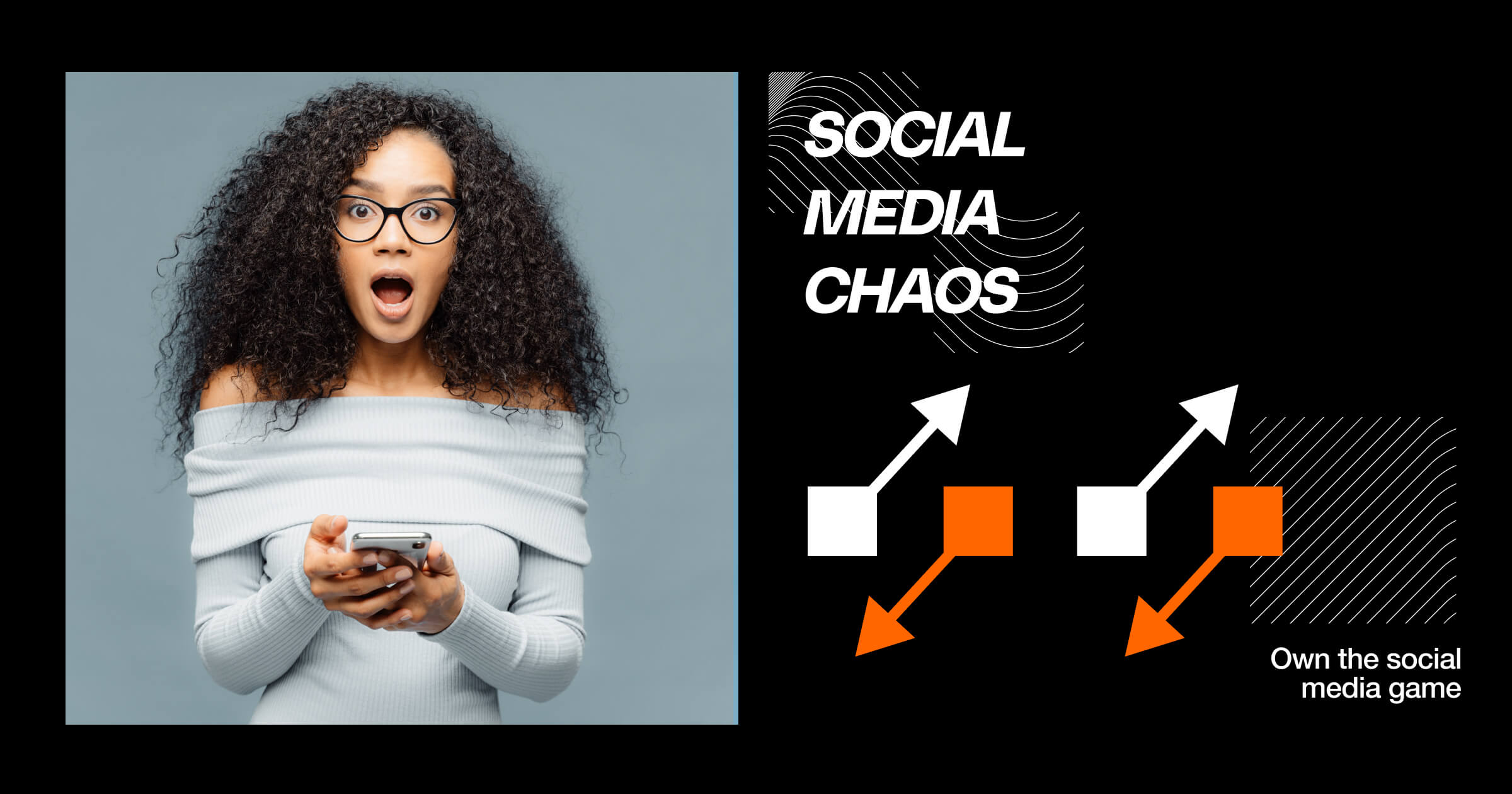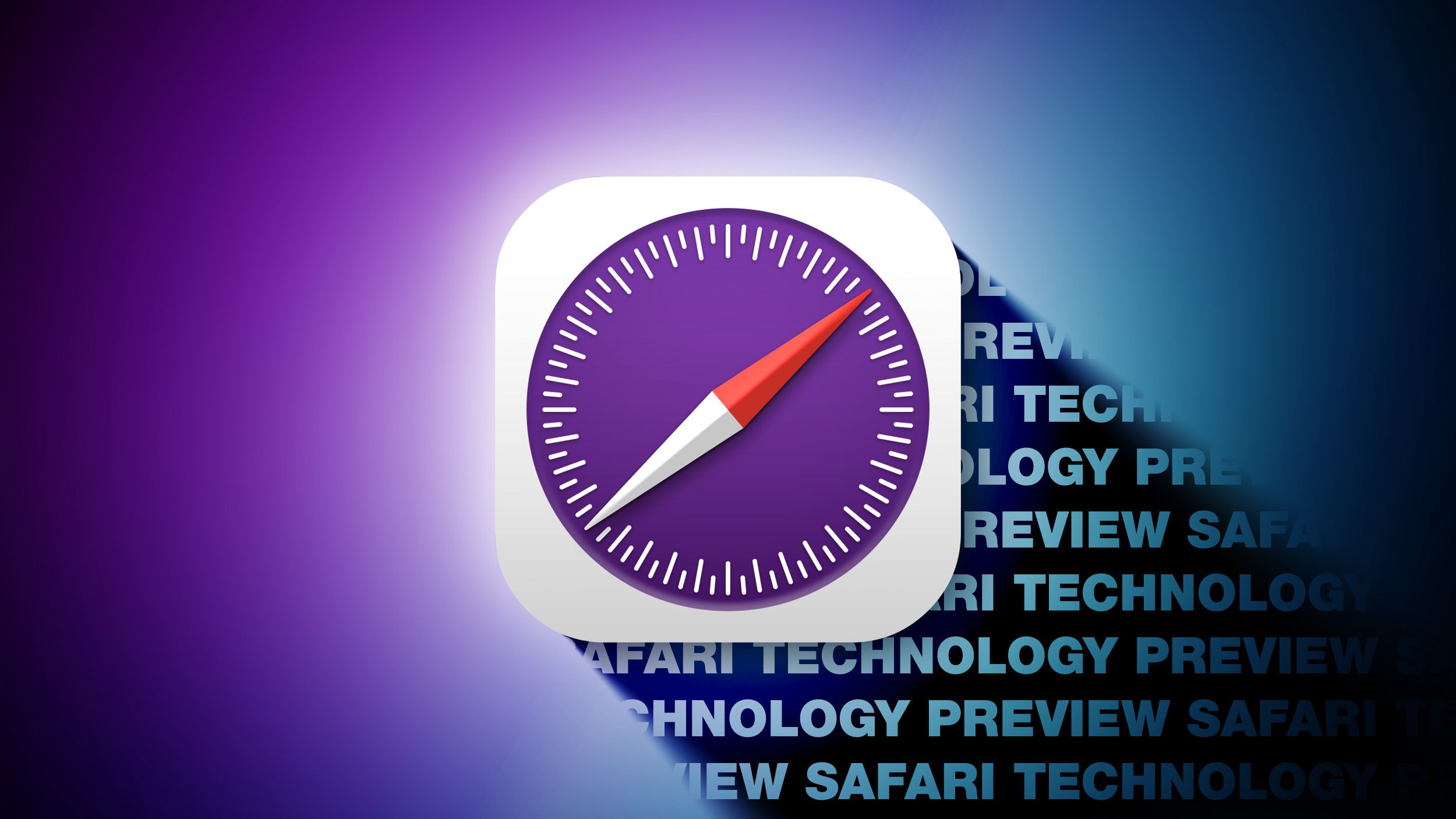The $449 Switch 2 hits storefronts on June 5, with preorders going live even sooner: midnight, April 24. Nintendo has revealed exciting information about the Switch 2 that I experienced firsthand. Yes, I’ve held it, played several launch games, and poked and prodded at the new Joy-Con controllers. My early thoughts? The Switch 2 has some of the sharpest, smoothest graphics I’ve ever seen on a Nintendo system, and it feels just as good to play as the Switch 1.
Design: A New Look and Feel
Holding the Switch 2 in hand makes it clear that, at least on the surface, it’s just a fancier Switch. The tablet and Joy-Con feel almost identical to the previous system. The console’s a hair larger than the OLED Switch, about half an inch higher and more than an inch wider in handheld mode. It has the same 0.55-inch depth, though. I didn’t feel much difference holding it after playing with my old Switch. The analog sticks are a little bigger, which is nice.
(Credit: Nintendo, Will Greenwald)
The LCD: Larger Screen, Higher Resolution
Likewise, the Switch 2’s screen looks great. The 7.9-inch area is much easier on the eyes than the 6.2- or 7-inch screens on the Switch and OLED Switch. It’s also sharper; the Switch 2’s display is 1080p, while the older consoles have 720p screens. I can confidently say that I’ll enjoy staring at the Switch 2’s screen on the subway more than I have my Switch OLED—for the most part.
I say “for the most part” because it’s an LCD screen, not OLED. An OLED panel displays a much higher contrast, with deeper blacks and a wider color range. For example, the familiar Mario red is much more vivid on the Switch OLED than on the original Switch.
Regarding color, the Switch 2’s screen is an upgrade from the original Switch’s LCD; the red in the loading screen appeared well-saturated in our time with the handheld. I couldn’t directly compare it with the OLED Switch’s screen at the event, however. Still, it didn’t look quite as vibrant as an OLED panel.
Despite that, the Switch 2’s screen has another big advantage the OLED Switch: The 1080p screen has a 120Hz refresh rate, double the 60Hz refresh rate of the original Switches. Will the console have the power to put out enough frames to take advantage of that refresh rate? That’s a question we’ll see answered after playing high-end games on the system.

(Credit: Will Greenwald)
Joy-Con 2: Mostly Familiar, But New Mouse Functionality
Much like the Switch 1’s Joy-Con controllers, the two Joy-Con 2 work with the Switch 2 while connected to the tablet’s sides in handheld mode, individually, or paired in a plastic shell like a conventional gamepad. Each Joy-Con 2 has an analog stick, four face buttons, a bumper and trigger pair, two shoulder buttons on the rail connecting to the tablet, a plus or minus button, and a home or capture button.
Besides slightly larger analog sticks and a few other tweaks, the Joy-Con 2 feel like the original Joy-Con, for good and bad. The bad is that the left Joy-Con still has the same face buttons instead of a direction pad. It just doesn’t feel as good for directional input. The upside? The Joy-Con 2s are flatter than most gamepads, but fairly comfortable when used as a controller. The rail-based shoulder buttons are slightly bigger, so you can feasibly press them with your fingers without snapping on a grip.
The new C button resides on the right Joy-Con 2, just under the home button. Nintendo revealed that it activates GameChat, enabling voice communication. It’s good to see voice chat on the Switch 2 after the baffling smartphone app-enabled voice chat Nintendo offered on the Switch 1. The new console has a built-in microphone, though the Joy-Con 2 controllers don’t.
The Joy-Con 2’s connection points are no longer rails with lips that slide down into grooves and click into place. They’re flat rails that insert directly into long recesses on the tablet’s sides. They use physical connections and stay in place with magnets. Each Joy-Con 2 has a trigger away from where your index finger usually rests. The triggers make the single-hand grips snap on securely, and the Switch 2 stays together nicely in handheld mode.

(Credit: Nintendo, Will Greenwald)
The Joy-Con 2 controllers also double as mice. They have optical sensors in the connection rails that follow movement when you snap on the sliding-pad-equipped grips and move them across flat surfaces. It’s an interesting feature that lets you more naturally play mouse-heavy games like Civilization 6, and adds welcome precision to first-person shooters. It also enables new tricks for games like Drag X Drive and the Switch 2 edition of Super Mario Party Jamboree.
Drag x Drive is a Rocket League-like sports game, except you’re in a wheelchair instead of a rocket-powered car. Ever see Murderball? It’s Murderball! It also uses the Joy-Con 2’s mouse and motion-sensing features to make it feel like you’re spinning your chair’s wheels in a rush to grab the ball.
You hold both Joy-Con parallel to each other in mouse modes and swipe forward and backward to control your character. You pull the triggers to brake. Finally, when you grab the ball, you shoot at the goal by lifting a Joy-Con and flicking it like you’re throwing it. It’s a unique control scheme that somewhat simulates playing wheelchair rugby.
Get Our Best Stories!

Your Daily Dose of Our Top Tech News
By clicking Sign Me Up, you confirm you are 16+ and agree to our Terms of Use and Privacy Policy.
Thanks for signing up!
Your subscription has been confirmed. Keep an eye on your inbox!
In fact, the Joy-Con 2 rumble with tiny clacks as you swipe to simulate physically moving wheels. The motions didn’t always match how my player moved, so I often spun around instead of charging. I might play better with a bit of practice.
Super Mario Party Jamboree isn’t as ambitious, but it adds a few mouse-based game modes. I played an air hockey game with Jordan, and… it was air hockey! The controller vibrated a little when I hit a shell, and my puck moved accurately relative to my hand movements. It was fun.

(Credit: Nintendo, Will Greenwald)
Metroid Prime 4: Beyond demonstrates one of the best uses of mouse mode—and its biggest weakness. On Switch 2, Metroid Prime 4 lets you control Samus using a dual-analog gamepad configuration like Metroid Prime Remastered (or you can use the left Joy-Con as a gamepad for movement and the right Joy-Con as a mouse for PC shooter-style aiming). The mouse controls are so much more intuitive when aiming a weapon in first-person, which translates to smooth, precise action. It felt great, but only for a few minutes.
The Joy-Con aren’t the most ergonomic controllers when used as gamepads, but they’re even less ergonomic as mice. The trigger and bumper on the right Joy-Con 2 felt like clicking the left and right mouse buttons, and the controller slid smoothly. However, my thumb didn’t rest naturally across the face buttons used for activating Samus’ abiltiies. It caused me to jump when I wanted to morph, and morph when I wanted to jump. Worse, my hand started cramping.
It’s a great concept that can work well in a pinch if you need a mouse, but the Joy-Con 2 isn’t a replacement for a mouse unless Nintendo or an accessory company comes out with a hand-molding shell to better support the wrist. I’d put it on the same comfort level as the Lenovo Legion Go controller’s mouse mode.
Recommended by Our Editors

(Credit: Nintendo, Will Greenwald)
Processing Power: Nintendo Goes 4K
Not surprisingly, Nintendo hasn’t gone into much detail about how much power the Switch 2 packs. That said, the company has confirmed a 4K resolution and 120fps frame rate. Whatever the “custom processor made by Nvidia” is inside the Switch 2, it’s a pretty huge upgrade in graphical capabilities over the Switch 1. And I can confirm that 4K resolution and greater-than-60fps frame rates are possible.
I played several different titles on the Switch 2, including system exclusives and Switch 2 Edition versions of Switch games. I’ll have a separate story explaining the difference between them in a bit, but Switch 2 Edition games are enhanced upgrades that take advantage of the new hardware.
In other words, games like Breath of the Wild, Kirby and the Forgotten Land, Super Mario Party Jamboree, and Tears of the Kingdom run at 1080p120 and/or 4K60 on the Switch 2. That appears to be the case for Kirby and Zelda. Both games looked sharper on the Switch 2 in docked mode than they ever have on the Switch when connected to a TV, and they ran smoother, too. They seemed to hit a pretty solid 60 frames per second at the higher resolution, though I couldn’t check if there were any resolution/performance modes to swap between. Breath of the Wild also looks extra-smooth in handheld mode, though not as sharp at 1080p.
Metroid Prime 4: Beyond also looked incredibly fluid on a TV. At the event, it was in the performance-focused 1080p120 visual mode, and even then, it was pretty sharp. The 4K60 graphics mode wasn’t demoed, so I can’t say how good the game looks yet.

(Credit: Nintendo, Will Greenwald)
Now, Switch 2 exclusive games are their own story. Based on the few I saw, they take advantage of the faster hardware. We’ll dig deeper into how Mario Kart Worlds plays in a separate story, but I can tell you it looks stunning, as does Donkey Kong Bananza. I don’t think either ran at a stable 4K60, and I couldn’t confirm their graphics modes. However, their frame rates appeared consistently higher than Mario Kart 8 Deluxe and Super Mario Odyssey on the Switch 1.
I confirmed the 120Hz by test-driving Nintendo Switch 2 Welcome Tour, a paid eShop release that’s the Switch 2 version of Astro’s Playroom. It’s so close to Astro’s Playroom that it also takes place on an oversized version of the console it’s highlighting. More importantly, it contained demos highlighting the Switch 2’s graphical capabilities.
One demo focused on frame rates. It displayed flying balls and asked you to guess the frame rate (it also showed how the balls would move at different frame rates). Nintendo explicitly pointing at high frame rates and saying “We can do this!” is pretty new. Another demo spotlighted Super Mario Bros. level 1-1 in full-screen. I mean the entire level, which is possible in 4K because the NES pumped out 256 by 240 pixels, while the Switch 2 hits 3,840 by 2,160 pixels. Yeah, I had to squint because it was a pretty small TV in a kiosk, but it was cool to see.

(Credit: Nintendo, Will Greenwald)
Is the Switch 2 Worth $449?
My early look at the Switch 2 lasted a few hours in a controlled setting. That’s fine for hands-on impressions, but if you want a verdict on the new system, you must wait until June. I won’t hand down a numbered judgment until I get more time with the Switch 2 on my terms. And it’s not like you’ll run out of our Switch 2 coverage! We have many hardware and software stories coming, including other hands-on looking at specific games and features!

 Nintendo Switch 2: Hands On With the 4K Console and All the Big Games!
Nintendo Switch 2: Hands On With the 4K Console and All the Big Games!
About Will Greenwald
Lead Analyst, Consumer Electronics











